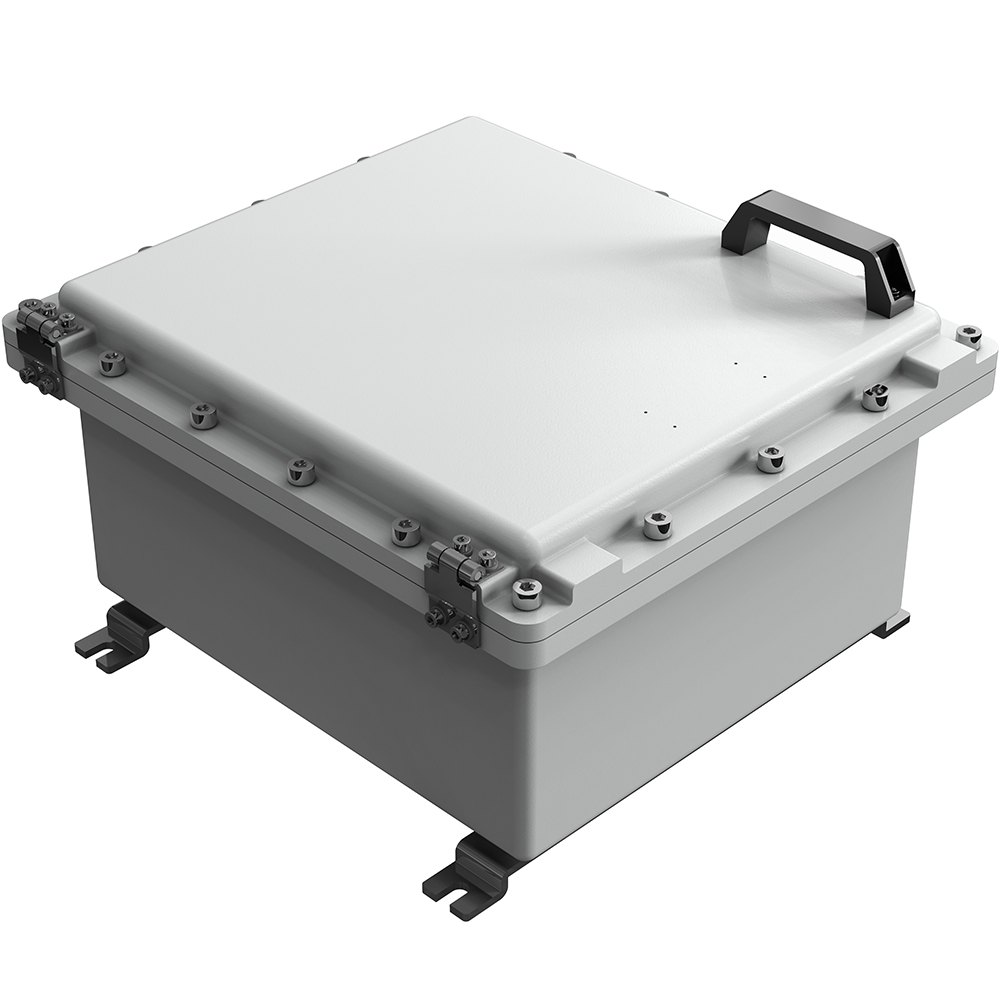In this article, I mentioned that a small change in the later stages of the project execution has a massive impact in cost and schedule. Another good example is what I am going to tell you.
A cable length of more than 200 meters is not unusual in the hydrocarbon or mining industry. A cable about this length is used to supply the distillate shipping pump rated about 600kW. The pump area is basically Zone 2 as it is enclosed and naturally ventilated.
The project requirement is more stringent than usual, the safety margins are much higher than what is required by the standards. Steady-state voltage drop for motors is only 2%. Standards requirements are higher than that.
Cable sizing was done. Cables and the pump were purchased and delivered to the site.
During the installation, the construction crew noticed that the cable entry and terminals of the motor were 1-size smaller than the cable. It might have been an oversight by the equipment package engineer.
Modification of the motor terminal is not an option as it will invalidate the certification of the motor. Replacing the cable with a smaller size would not meet the project design basis requirement. The only solution, install a certified junction box between the motor control center and the motor.
The 200m cable will be terminated at the junction box, then a smaller size cable suitable for the motor cable box will be installed between the junction box and the motor. The solution is easy (that was what the construction crew said). I agreed with them as they were only looking at one perspective of the issue. If taken from a different perspective, it is a different story. That is what we need to analyze.
Looking at the whole picture of the modification, there are 4 x 600kW shipping pumps affected. The modification required 4 additional tag numbers for junction boxes and 4 tag numbers for the cable between the junction box and the motors. That was a total of 8 new tag numbers.
This change has affected about a hundred drawings and documents. Drawings redrawn, documents updated, went for quality check, to document control before it was finally issued for construction.
The process took almost a month to implement. This has delayed the commissioning and completion of the project. It was only due to a small oversight.
Another example is a supply to a DC Choke Valve motor for an oil Well. The oil well is located in a very remote area, the client has decided to utilize solar power to supply monitoring and control devices for the oil well. The off-grid solar power system was designed to suit the monitoring and control devices which are rated 24Vdc.
During the middle of the engineering phase, the client changed its requirement from an electro-hydraulic choke valve into an electric motor-driven choke valve. This change has impacted the size of the solar power system. Good enough, the design has not been finalized, making the modification an easy task.
The choke valve motor selected to suit the process requirement is a 24Vdc, 240W motor. The choke valve is located at an average length of 155meters from the DC distribution board. To comply with the project requirement on voltage drop, the cable chosen to supply the choke valve is a 2C x 70mm² cable. The choke valve motor can only accommodate a 2C x 6mm² cable. The solution is a junction box. The engineer must ensure that the total voltage drop on the cables will not exceed project requirements.
There are lots of instances on-site that requires creativity on the part of the engineer to be able to comply with project requirement without detriment to safety and economy.
